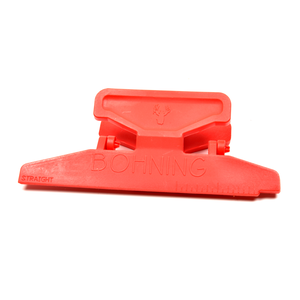
One example of this is the ICY IB-HUB from Icy Box. in the form of an additional power supply unit. This means that you do not need a separate power supply, i.e. On the one hand, there are USB hubs that are operated with a passive power supply. USB hubs differ primarily in the number of available ports, but also in the type of power supply and the speed of transmission. The great advantage of this is that the cables do not have to be repositioned when additional devices are connected. USB hubs work like multiple plugs in a power socket and thus enable multiple peripheral devices to be connected to one port at the same time. USB hubsĪn external device can be connected via a USB input (or port). The suffix x1 or x2 indicates how many data streams the respective standard can transmit in parallel to one another: for x1 it is one, for x2 two data streams can be transmitted in parallel. With the introduction of USB 3.2 renamed to

With the introduction of USB 3.1 renamed to As a result, most USB standards have different names (see table). The specifications of the third generation of USBįirst of all, it should be mentioned that the variety of names for the various USB standards is somewhat confusing, as older standards were partially renamed when newer ones appeared. In the coming months, several new devices will be launched that already enable USB 4.0. This is especially true for the connection of screens. New data and display protocols are also supported, enabling a wider range of connectable devices, better transmission rates and increased power supply to external devices. However, new plugs are not needed, it remains with USB-C connectors. This makes USB 4.0 twice as fast as its predecessor. Data transfers of at least 20 Gbit/s and up to 40 Gbit/s are guaranteed. Therefore, USB 4.0 can confidently be called a revolution.

This technology was previously reserved for expensive devices. USB 4.0 is based on the specifications of the Thunderbolt 3 protocol, which was jointly developed by Apple and Intel. With this, significant improvements in terms of speed and amount of electricity were also achieved. It was the birth of the USB Type C connector. New cables and connectors had to be purchased. Since USB 3.0 and its successor generations came on the market in 2019, it was easy to lose track, as the plugs of this generation all looked identical. Already presented in 2019, USB 4.0 or USB 4 should simplify the confusing variety of different specifications.


 0 kommentar(er)
0 kommentar(er)
